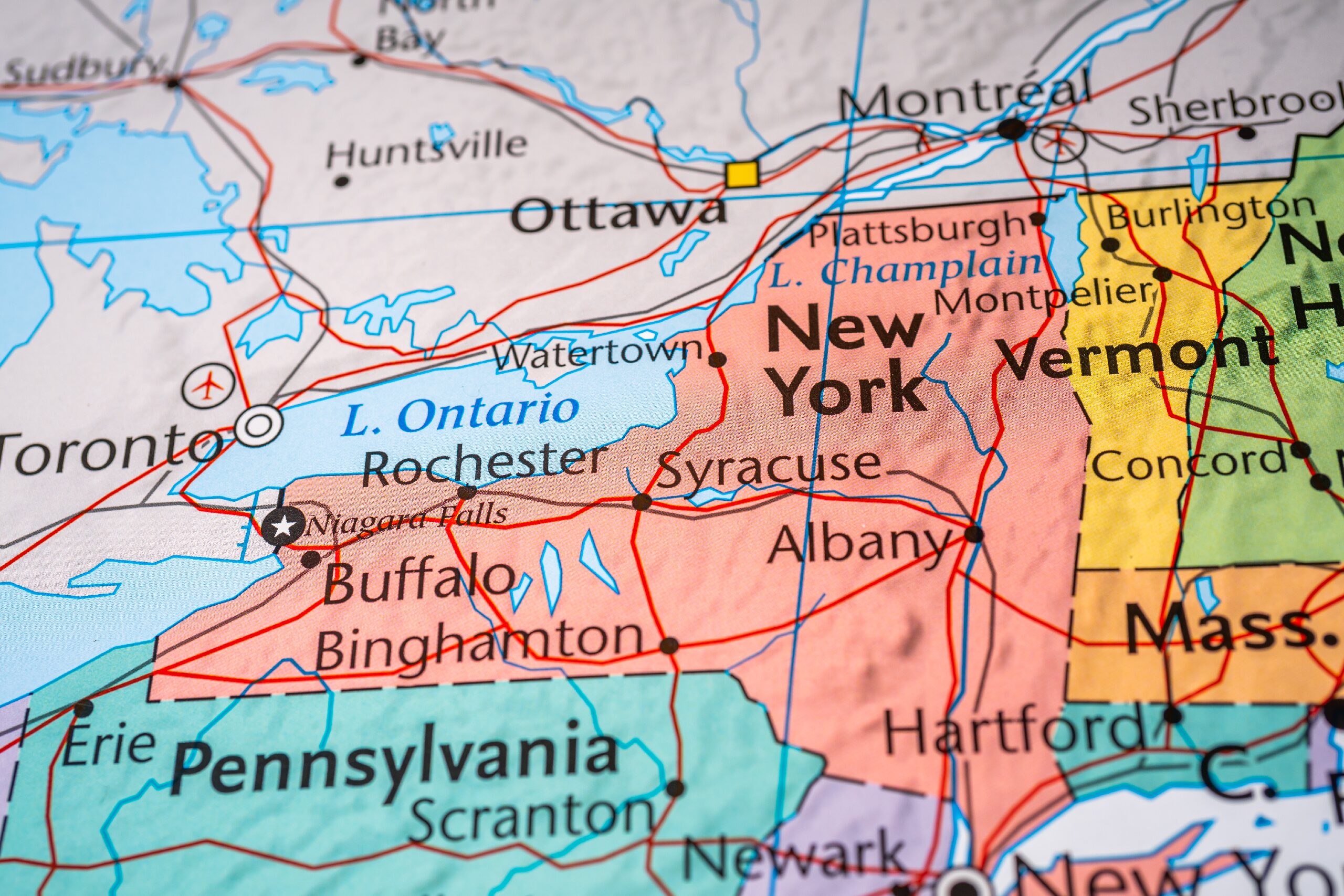Second Circuit Takes Narrow View of In-State/In-City “Impact” Required for New York Discrimination Claims
Our Firm has recently reported (here and here) on courts’ application of the New York State Human Rights Law (NYSHRL) and the New York City Human Rights Law (NYCHRL) to nonresident plaintiffs asserting employment discrimination claims, and specifically on courts’ interpretation of the rule announced in Hoffman v. Parade Publications that nonresidents must be able to “plead and prove that the alleged discriminatory conduct had an impact within” the State and City.
A March 2024 decision from the United States Court of Appeals for the Second Circuit, in King v. Aramark Services, Inc., provides a significant new take on the issue, taking an arguably very narrow view of the degree of in-State (and in-City) impact required.
* * *
The plaintiff in King alleged that her employer had subjected her to a hostile work environment, discrimination, and retaliation on the basis of her sex, in violation of the NYSHRL. King had been hired to oversee operations in Virginia and West Virginia, and had rented a home and lived during the relevant period primarily in Virginia in order to do her job. King alleged, however, that under her employment arrangement, the company authorized her to work remotely on days when she didn’t have to be at a specific client facility, that she did so regularly and on numerous occasions from both her Virginia home and her New York home, where she lived with her fiancée and son.
King argued that, because she had received permission to work from her New York home for a significant period of time, the impact of Aramark’s alleged discrimination against her was felt by her in the State.
The Second Circuit, however, somewhat surprisingly disagreed, finding that “any discriminatory impact felt in the state was incidental” and could not give rise to employer liability under the NYSHRL.
The court said that Hoffman’s reasoning was instructive. There a Georgia resident who worked in Atlanta, for a company whose headquarters were in New York, claimed that the company had violated the NYSHRL (and the NYCRHL) because the allegedly discriminatory decision to fire him had been made and executed in New York City. That employee did not work in New York State or New York City, and would at most visit the City for quarterly management meetings. The Hoffman court concluded that all this was insufficient to plead an “impact” in the respective jurisdictions – at most, the plaintiff had “pleaded that his employment had a tangential connection to the city and state.”
For the King court, such analysis was sufficiently instructive to rule that King – even though she alleged discriminatory acts reaching into the State (rather than merely originating from the State) – could not satisfy the impact requirement. The court held that the fact that King did “some of her work from her New York residence, and some of the discriminatory conduct [alleged] took place while she was working from her New York home office,” did not change its conclusion. (emphasis in original). It stated that “the lion’s share” of the alleged discriminatory conduct was directed to her in Virginia, not New York. And according to the court, because “most” of the acts comprising her sex-based hostile work environment claim were directed at her and her work in Virginia, any impact she experienced in New York was “tangential” or “incidental,” and therefore inadequate to sustain a claim under the NYSRHL. And in affirming the dismissal of King’s claims, the court also distinguished the caselaw that King relied on in support of her argument by observing that in most of the cited cases the plaintiff’s “primary site of work” was a home office in New York.
* * *
The King decision establishes a narrow, and some might protest overly restrictive, view of what is required to satisfy the impact test. A plaintiff’s allegations that she worked in the State (or in the City), in a New York home, for significant periods of time and on numerous occasions (even if not the majority of her working time) can now be held inadequate to invoke the NYSHRL (and NYCHR) in New York federal courts.
Yet Hoffman itself – i.e., the very New York State court case on which King principally relied for guidance – states that the NYSHRL “permits those who work in the state to invoke its protections” and that the NYCHRL “expands those protections to nonresidents who work in the city.” If, hypothetically, the plaintiff in Hoffman had also regularly worked in New York City, would the New York State Court of Appeals have really still characterized the impact he felt in the State/City as merely “tangential”?
In all events, the federal imposition of an impact standard that seems to hinge on assessments such as “most” or “primary” or “lion’s share” will likely be challenged by future plaintiffs in New York State courts, who will argue that requiring such a high degree of impact is antithetical to the protections that the State and City Human Rights Laws were designed to provide. New York State courts are not bound by the Second Circuit’s decision, and those courts might ultimately enforce a less-stringent take on the degree of in-State and in-City impacts that plaintiffs must allege in order to keep their claims in court.
 This article is intended as a general discussion of these issues only and is not to be considered legal advice or relied upon. For more information, please contact RPJ Attorney Gregory Feit who counsels clients on employment law, litigation, arbitration, negotiation, and trial advocacy. Mr. Feit served is admitted to practice in New York.
This article is intended as a general discussion of these issues only and is not to be considered legal advice or relied upon. For more information, please contact RPJ Attorney Gregory Feit who counsels clients on employment law, litigation, arbitration, negotiation, and trial advocacy. Mr. Feit served is admitted to practice in New York.

